When the temperatures drop low and frost is in the extended forecast, it’s time to jump into action to protect young tomato plants from damage!
Tomatoes are warm weather-loving crops. They thrive in the hot summer sun and warm temperatures. Unfortunately, they are also very sensitive to the cold, especially when they are young.
When frost or low temperatures occur, it can spell big problems for young tomato plants. Not only will the damaged foliage rot and eventually fall off, but if the temperatures are low enough, the entire plant can wind up stunted – or worse yet, be finished for good!
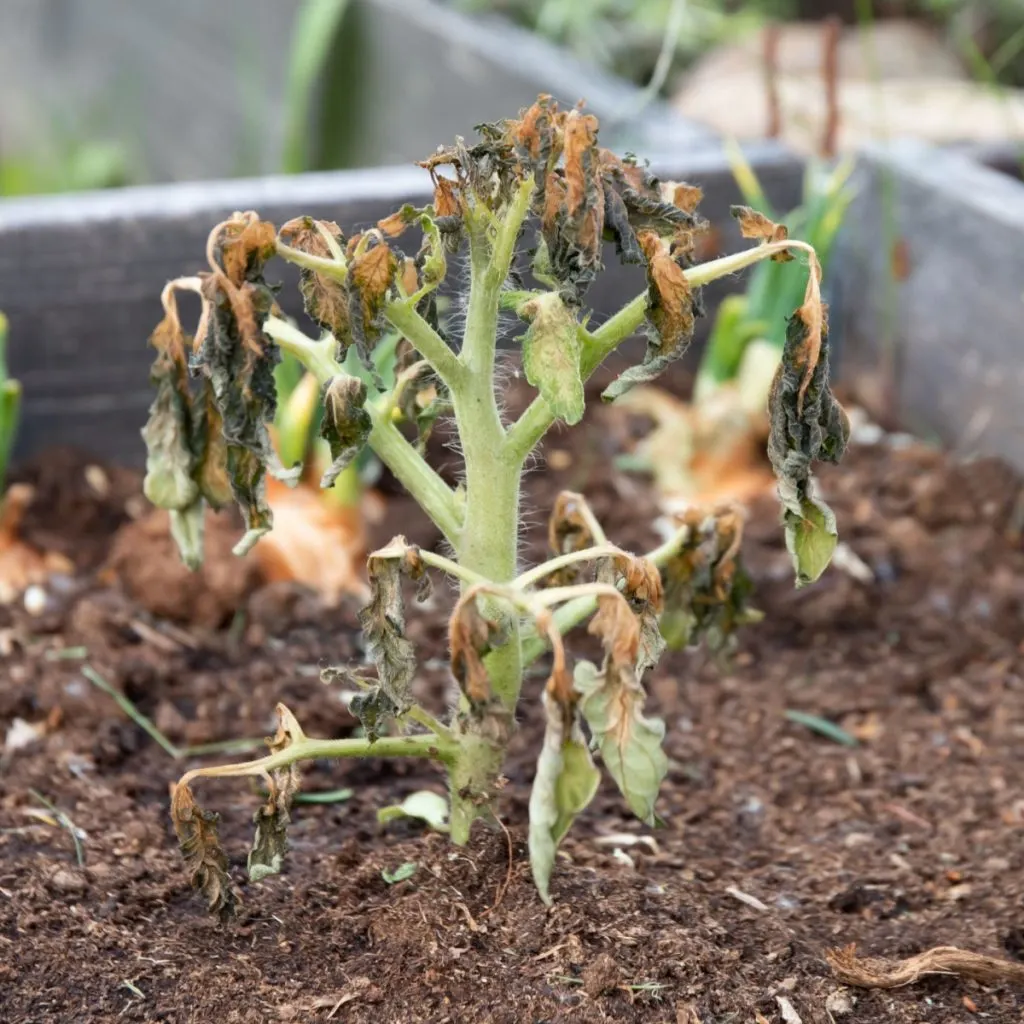
Ideally, you should wait to plant tomato transplants long after the threat of frost has passed in your location. However, sometimes Mother Nature throws a curve ball and the extended forecast shows a dip in the temperatures after the plants are already in the ground.
Instead of stressing and worrying, it’s time to take steps to protect your young plants. Thankfully, there are a few different ways to save even the youngest tomato plants from the chill.
Signs Of Freeze Damage
Temperatures even as low as 40º Fahrenheit can cause initial damage to tomato plants. Mild damage from cold temperatures usually appears as gray or tan spots on the leaves. Most plants can outgrow these problems without much of an issue.
However, if you start to see dark stems or leaves or soft, mushy tissues, then that area will likely wilt, turn brown, and die off. Sometimes, you might not even notice any freeze damage until the day after.
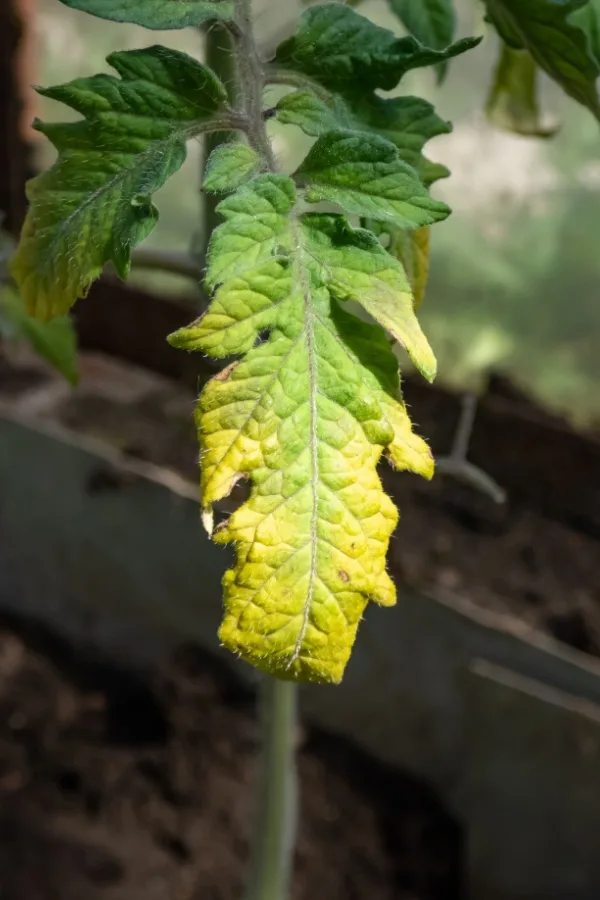
Long-term cold weather effects include stunted growth, a failure to set buds and fruit and root damage. In addition, frost and cold damage can make plants more susceptible to disease later in the year.
How To Protect Young Tomato Plants From Frost And Low Temperatures
Watering Plants – Protect Young Tomatoes From Frost
As bizarre as it might sound, another way to protect tomato plants from a light frost or lower temperatures is to water them.
Water actually acts like an insulator. When plants absorb moisture, their cells expand and plump up. This in turn creates stronger cells that can withstand cold damage. In addition, moist soil will stay warmer than soil that is dry.
If the forecast calls for a drop in temperatures during the night, water tomato plants deeply at the soil level a few hours before nightfall. This gives the plants time to absorb the moisture before a frost or freeze arrives. Avoid getting any water on the foliage since this can bring about frost damage by itself.
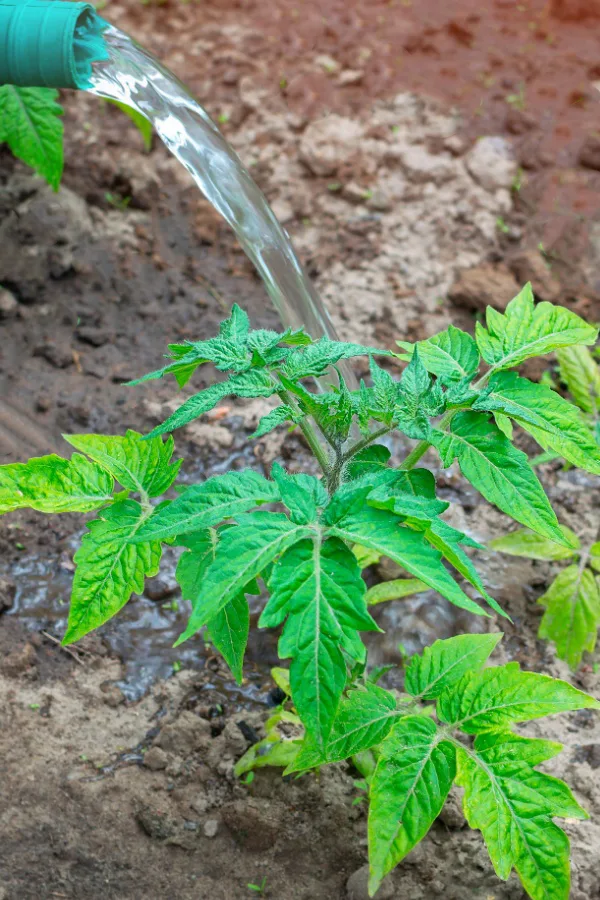
Frost Blankets Or Cloth
One of the best ways to protect young tomato plants is by using blankets or cloths. They help to keep plants safe from frost and even a late-season freeze.
You can purchase blankets specifically made for protecting plants and crops. These lightweight blankets allow sunlight and air to circulate to plants but will protect plants down to temperatures well below freezing. Product Link: Agfabric Plant Covers Freeze Protection
Frost blankets can be found in all sizes and shapes. They can easily be cut to size to cover just a couple of plants or you can purchase blankets that can cover entire rows at a time depending on your growing situation.
Tips On Using Frost Blankets – Protect Young Tomatoes From Frost
Avoid using plastic tarps or blankets since they are not breathable and can smother young tomato plants. In addition, any plastic parts that touch the foliage of young tomato plants will likely be damaged.
It’s best if even cloth materials don’t touch much of the foliage of plants. The tender foliage and stems of young tomato plants can easily snap under the weight of a blanket or cloth in addition to getting frost damage.
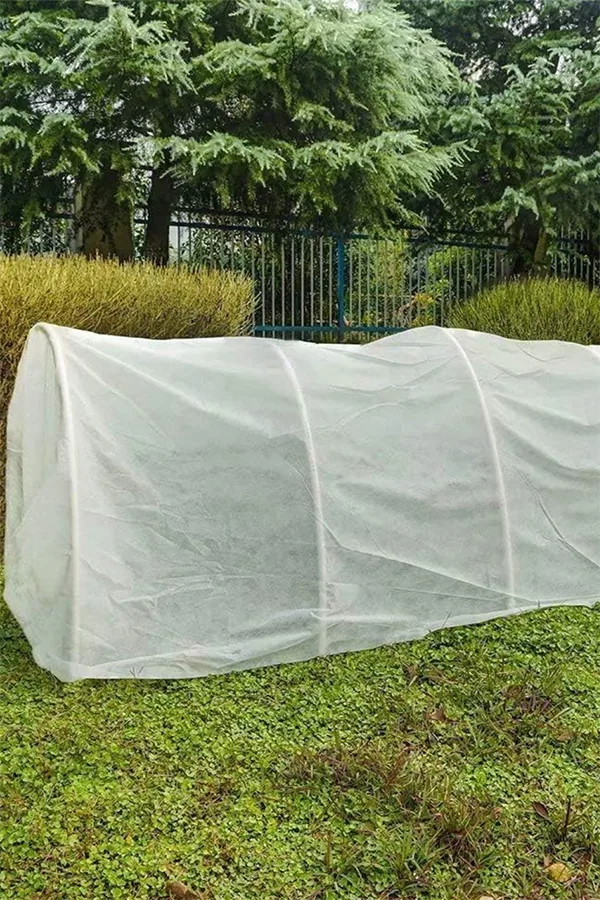
Use some type of frame or support to keep the blankets from touching plants is the best option. A support can be made by using thin flexible PVC pipe or you can purchase kits. Product Link: Garden Tunnel Hoops for Row Cover
Removing The Covers
Place the covers over the young tomato plants before nightfall arrives or whenever low temperatures are expected. Ensure that the blankets go all the way to the ground. In the morning, promptly remove the covers.
If the sunlight gets too warm while the covers are still on, they can end up burning the young plants. In addition, if the covers get wet they need to be removed promptly to prevent any rotting or issues with excess moisture.
Using Mulch
At the time of planting tomato transplants, add a thick layer of mulch around plants. A 4 to 6-inch layer of mulch will help to protect the roots of young tomato plants in more ways than one.
While the mulch won’t help protect the foliage and stems, it can do much to keep a plant from dying outright. The mulch helps to regulate the soil temperatures during mild fluctuations by acting like a natural blanket for the soil and thus the tomato plants’ roots.
Use organic materials like shredded leaves, straw, or grass clippings. Place it all around the root zone of each plant. Keep the material a couple of inches away from the stem of each plant to avoid rotting.
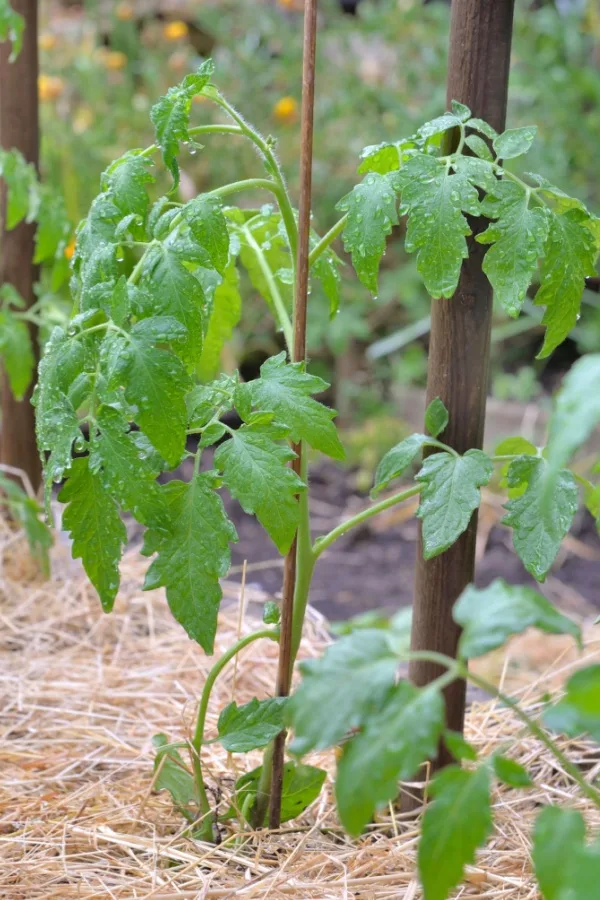
In addition to helping insulate the soil, the mulch will also help to retain moisture after watering or rain. And the bonus of helping to snuff out weeds is another benefit of using mulch as well! See our article: The Best Mulch For Tomato Plants
If Frost Damage Occurs – Protect Young Tomatoes From Frost
Sometimes, you can take every measure possible and a surprise frost still occurs. When this happens, there is still a chance to save them.
If your young tomato plants have damage that reaches the stem and the majority of the plant, then it likely won’t bounce back. However, if the plant is still standing strong with only wilting on the foliage, the young plant might likely pull through.
After a frost, water plants as soon as possible in the morning before the sun hits the foliage. The water will help to thaw out the soil and any remaining ice. This time, it is actually good to water all of the foliage as well.
In addition, remove any of the damaged foliage, leaving only the healthy tissue behind. The damaged tissue will not only be unsightly, but it is an open invitation for diseases and infections to take hold.
To prune, use clean shears and disinfect between each plant. This helps to ensure that no disease can spread from plant to plant. By taking the proper preparations now and knowing what steps to take if a surprise freeze occurs, you can protect young tomato plants from low temperature and get them ready for a productive and healthy growing season!
I Grow Tomatoes
Follow Our Facebook Page For Even More Great Tomato Growing Tips! I Grow Tomatoes Facebook Page
I Grow Tomatoes is a website created for those who love all things about tomatoes – from planting and growing – to cooking and canning! We publish two articles every week, 52 weeks a year. Sign up today to follow via email! This article may contain affiliate links.
